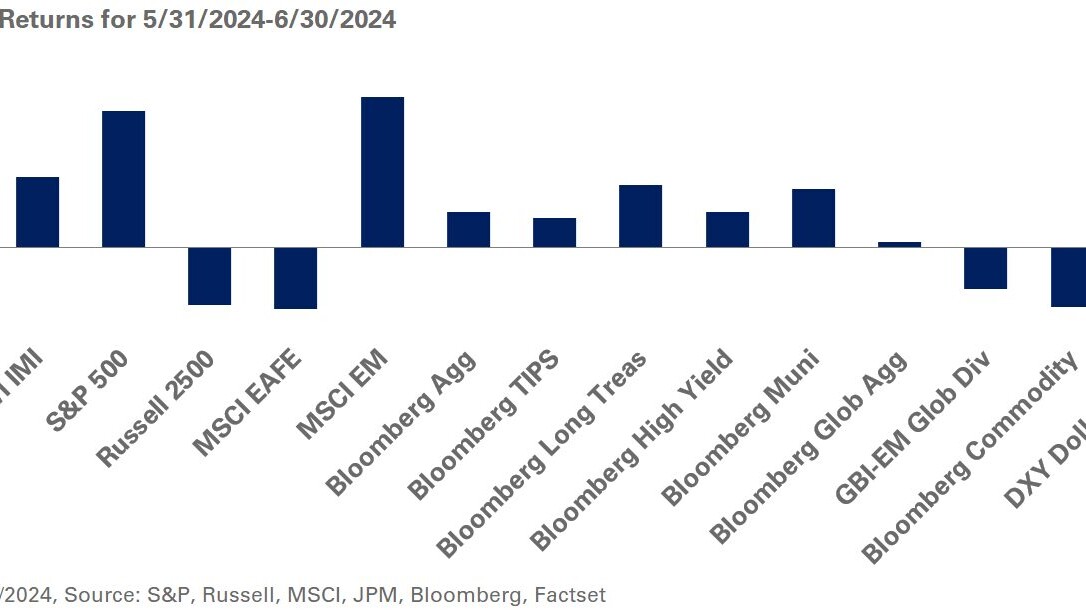NEPC Key Market Themes represent our view of the current drivers of the global economy. The themes evolve and interact over time, influencing asset values and opportunities. A disruption of a theme likely alters market dynamics and our investment outlook.
Permanent Interventions
The willingness of governments and central banks to step in to bolster market sentiment and prolong the lifespan of an economic cycle has created and extended a new normal where accommodative monetary policies and fiscal debt growth appear to exist in perpetuity.
We believe central banks across the world will continue to expand balance sheet assets to sustain excess liquidity against a fragile economic backdrop. The anemic economic growth in developed regions also underscores political tensions within, which we believe will fuel a significant expansion of fiscal debt.
In such an environment, the proactive tightening of monetary policy would damage investor sentiment and expose weak economies, potentially sending markets into a tailspin. The need to control market sentiment appears to be a paramount concern for central banks, which are on a path to adjust interest rates higher only if meaningful inflationary pressures force them to act. Running in parallel is the likely expansion of fiscal stimulus as populist tensions and political dynamics in the developed world push the self-interest of the political class to bolster economic growth rates.
These permanent monetary and fiscal interventions could mute the normal fluctuations of an economic cycle, but they leave few safety nets in a downturn. In fact, the current low level of rates suggests the Federal Reserve has limited ability to use Fed Funds to spur economic growth; more likely, the central bank needs to rely on increasing its balance sheet (quantitative easing) as it attempts to prop up sentiment and avert economic slowdowns. Such stimulus has driven down yields (to negative levels in Europe and Japan), encouraged investors to take more risk, and disrupted market fundamentals.
For investors with a long-term investment horizon, the implications of this new normal depend on their objectives, tolerance for risk and asset allocation bias: those with large fixed-income holdings are looking at a “war on savers” with low and, in some instances, negative yields. Meanwhile, stockholders are left asking if valuations matter, and face potential market bubbles as low interest rates lead to higher equity valuations when discounting future cash flows.
At first glance, these permanent monetary and fiscal interventions appear to favor equities, but it is important to remember that economic weakness can overwhelm the system in the absence of extraordinary policy measures. In such cases, safe-haven fixed income, despite low yields, offers the most attractive risk-adjusted returns. To this end, diversification and balance are key, even in the presence of permanent intervention.



